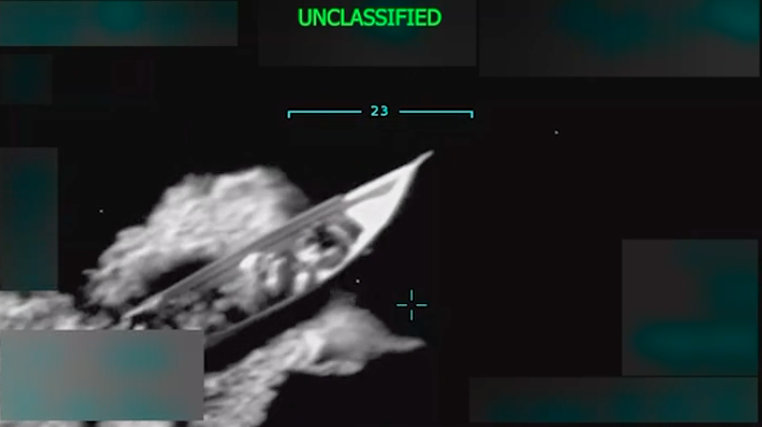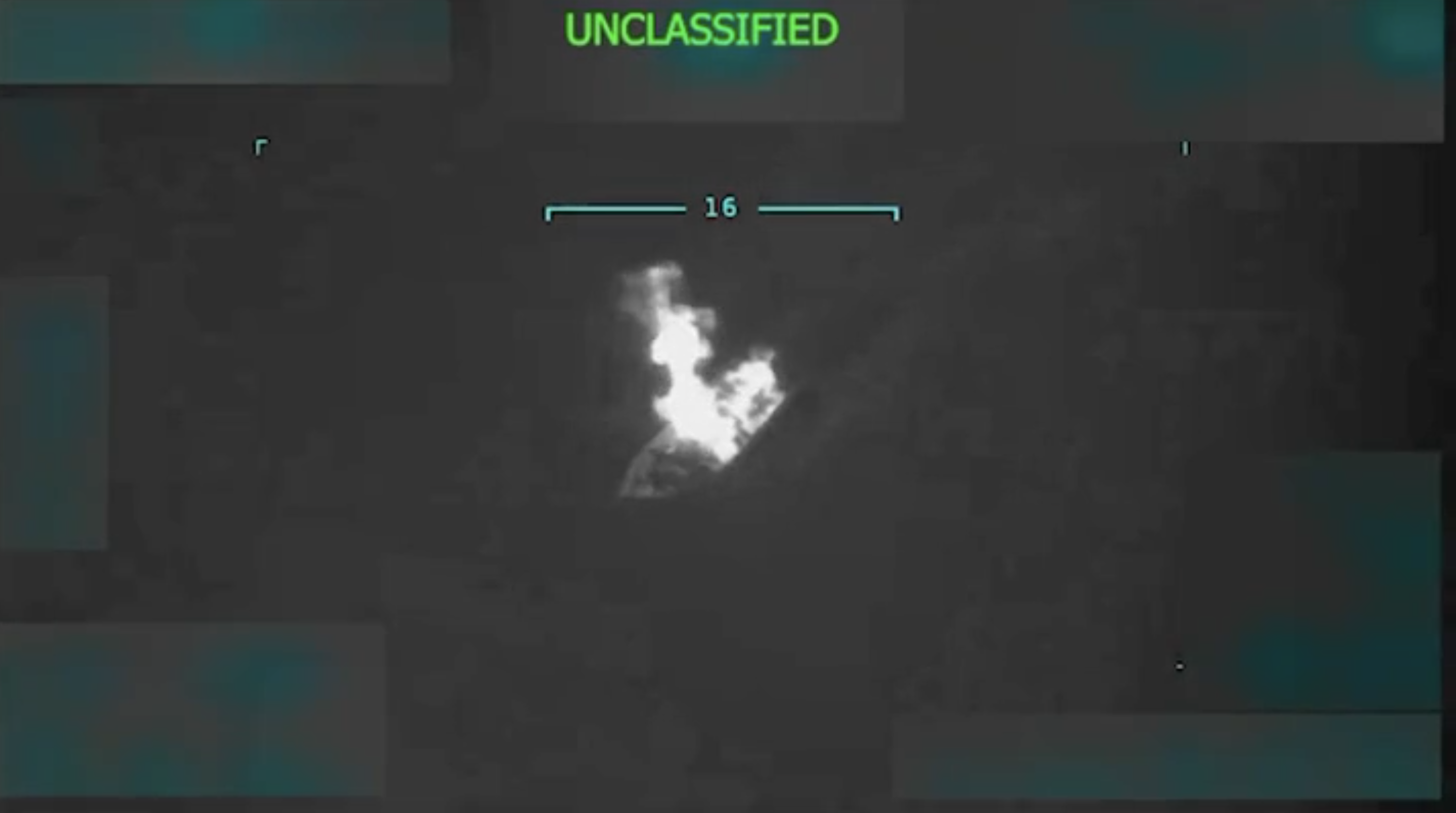The Attempt to Capture Ikrima Probably Does Not Signify a Shift Regarding the Scope of the AUMF
As information continues to emerge regarding the Baraawe raid, it is becoming increasingly clear that the operation was of a piece with, rather than a departure from, existing US policy. According to NPR's Gregory Warner, Kenyan government officials have said that the raid targeted Abdikadir Mohamed Abdikadir, a Kenyan citizen of Somali descent better known as "Ikrima." Ikrima, we are told, has long functioned as a pivot of sorts linking al Shabaab to Kenya, bo
Published by The Lawfare Institute
in Cooperation With

As information continues to emerge regarding the Baraawe raid, it is becoming increasingly clear that the operation was of a piece with, rather than a departure from, existing US policy. According to NPR's Gregory Warner, Kenyan government officials have said that the raid targeted Abdikadir Mohamed Abdikadir, a Kenyan citizen of Somali descent better known as "Ikrima." Ikrima, we are told, has long functioned as a pivot of sorts linking al Shabaab to Kenya, both for purposes of al Shabaab's recruiting and also as a link to Kenya's own variant of al Shabaab (a group known as al-Hijra). More significantly, Ikrima reportedly also has some kind of ties to al Qaeda proper (including communication with senior leadership about operations in East Africa and association with other AQ figures in the region). In short, the emerging picture appears to depict Ikrima as falling under the same category as Saleh Ali Saleh Nabhan, another al Shabaab-AQ nodal figure, one who was killed by Special Operations Forces in a raid in Somalia in 2009.
All that said, it certainly would be interesting to know just how substantial Ikrima's asserted ties to core AQ actually are, insofar as we are trying to gauge the scope of AUMF authority the administration asserts. It is possible they are numerous and deep. It is possible they are few and shallow. Most likely they are between those poles, and surrounding by fog.
But let's take the AQ-connection at face value. In that case, it seems the only notable difference in this case was the decision to attempt a capture rather than fire a missile into the house. Does that represent a shift in policy? I doubt it, though it is possible. The reporting has emphasized that once the shooting began, the SEALs decided to pull back at least in part out of concern for civilian casualties. It is easy to imagine that a combination of uncertainty over Ikrima's actual presence combined with the suspected presence of numerous civilians may have compelled the choice to attempt a boots-on-the-ground capture or else avoid attack altogether. The air assault on Nabhan's isolated convoy back in 2009 is certainly distinguishable on that ground.
Robert (Bobby) Chesney is the Dean of the University of Texas School of Law, where he also holds the James A. Baker III Chair in the Rule of Law and World Affairs at UT. He is known internationally for his scholarship relating both to cybersecurity and national security. He is a co-founder of Lawfare, the nation’s leading online source for analysis of national security legal issues, and he co-hosts the popular show The National Security Law Podcast.




